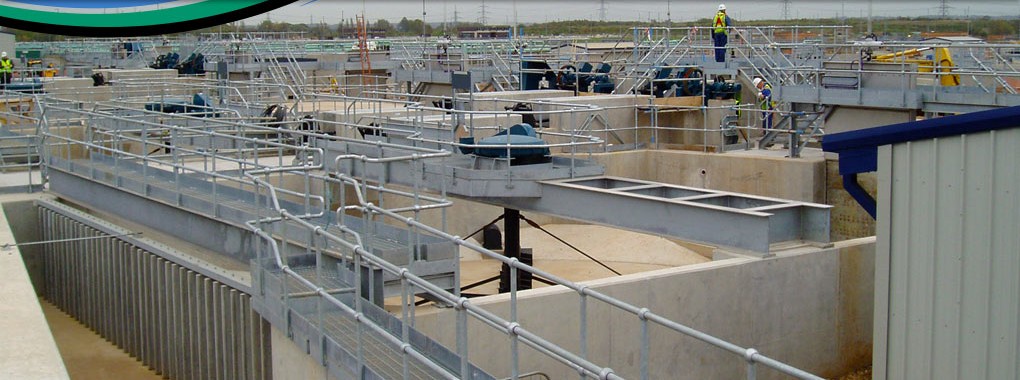Jacopa® Crossflow™ Grit Treatment
The Jones+Attwood Crossflow™ Detritor™ grit separator is used at raw sewage inlets, and should ideally be positioned downstream from sewage screens. This type of grit removal system has two key elements, a) grit-collecting mechanism and b) grit-classifying mechanism. Both elements operating separately, but in hydraulic connection with one another.
| Specification: | |
| Capacity (l/s) | up to 3000 |
| Diameter (m) | 2.0 to 14.0 |
| Grit removal efficiency | 95% of 0.2mm grit particles at 2.65 SG (Industry std) |
| Collector chamber depth (m) | To suit application |
| Material | Painted mild steel |
| Grit classification type | Rake or Screw |


